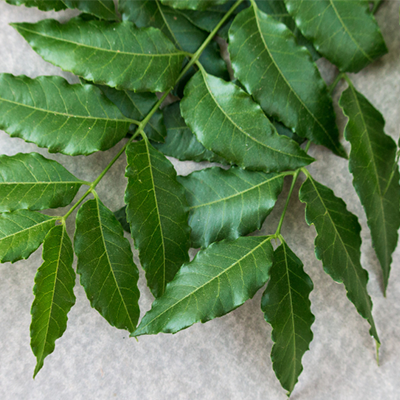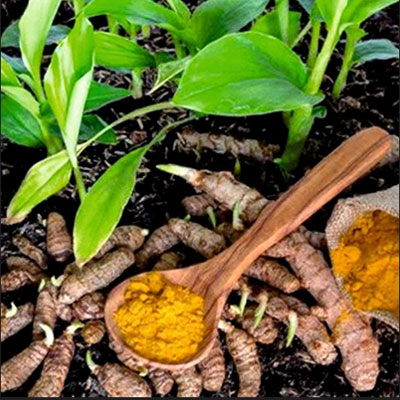Vitiligo is a long-term skin condition where patches of skin lose their colour. This occurs due to the destruction or malfunction of melanocytes, the cells responsible for producing melanin (the pigment that gives skin, hair, and eyes their colour). The affected areas appear lighter or white compared to the surrounding skin.
Causes of Vitiligo
Autoimmune Response
- The immune system attacks melanocytes, mistaking them as harmful.
Genetic Factors
- A family history of vitiligo or autoimmune disorders increases the risk.
Environmental Triggers
- Sunburn, skin trauma, or exposure to chemicals can trigger vitiligo in predisposed individuals.
Oxidative Stress
- Imbalance of free radicals damages melanocytes.
Neurogenic Factors
- Nerve endings may release harmful substances that damage melanocytes.
Stress or Emotional Trauma
- Mental health issues might act as a trigger in some cases.
Types of Vitiligo
Segmental Vitiligo
- Affects one side or segment of the body.
- Usually appears at an early age and progresses for a short time before stabilizing.
Non-Segmental Vitiligo (Most Common)
- Affects both sides of the body symmetrically.
- Includes subtypes like generalized, acrofacial (fingers, toes, face), and mucosal vitiligo (lips, genitals).
Focal Vitiligo
- Limited to one or a few areas of the body.
Universal Vitiligo
- Involves loss of pigment over most of the body.
Signs and Symptoms
Primary Symptoms
- Patches of pigmented skin, often appearing lighter than the surrounding areas.
- Commonly affected areas: hands, feet, face, and areas exposed to the sun.
Hair Depigmentation
- Hair in the affected areas may turn white or gray prematurely.
Slow or Rapid Progression
- Patches may spread slowly or rapidly over time.
No Physical Pain
- Vitiligo usually does not cause itching, burning, or pain.
Diagnosis methods
Medical History
- Family history of vitiligo or autoimmune diseases.
Physical Examination
- Visual inspection of skin patches and their patterns.
Wood’s Lamp Test
- A special UV light highlights areas of depigmentation.
Skin Biopsy
- Rarely required; confirms the absence of melanocytes in affected areas.
Blood Tests
- Checks for associated autoimmune disorders like thyroid dysfunction.
Ayurvedic Perspective on Vitiligo
In Ayurveda, vitiligo is referred to as “Shvitra” or “Kilasa” and is considered a type of Kushtha Roga (skin disease). It is caused by an imbalance of Tridoshas (Vata, Pitta, and Kapha), mainly Pitta Dosha, which affects the Bhrajaka Pitta (responsible for skin color).
Pathology (Samprapti)
- Aggravation of Pitta Dosha: Leads to the formation of toxins (Ama), disturbing the blood tissue (Rakta Dhatu) and the skin tissue (Twak Dhatu).
- Loss of Melanin Production: Due to disrupted harmony in the doshas, pigmentation is impaired.
Triggers in Ayurveda
- Viruddha Ahara (Incompatible Diet): Eating fish and milk together.
- Improper Lifestyle: Excessive sun exposure, stress, or irregular eating habits.
- Karmaja Factors: Genetic predisposition.
Ayurvedic Management of Vitiligo
Dietary Guidelines
- Avoid incompatible foods (e.g., milk with salty or sour foods).
- Consume foods that balance Pitta, such as ghee, fresh fruits, and vegetables.
- Include turmeric, ginger, and Amla for their detoxifying properties.
Lifestyle Changes
- Avoid excessive sun exposure and stress.
- Follow a regular sleep schedule.
Yoga and Pranayama
Yoga Poses:
- Bhujangasana (Cobra Pose): Enhances blood circulation.
- Trikonasana (Triangle Pose): Improves skin health.
Pranayama:
- Anulom Vilom (Alternate Nostril Breathing): Balances doshas.
- Kapalbhati (Skull-Shining Breath): Detoxifies the body.
Panchakarma Therapies
Virechana (Purgation Therapy)
- Removes Pitta-related toxins from the body.
Raktamokshana (Bloodletting)
- Detoxifies the blood and improves skin health.
Shirodhara
- Helps reduce stress, a known trigger for vitiligo.
Lepam (Herbal Paste)
- Application of herbal pastes like Bakuchi and Manjishtha to affected areas.
Ayurvedic Formulations
- Khadirarishta: Detoxifies the blood.
- Arogyavardhini Vati: Improves liver function and aids in detoxification.
- Gandhaka Rasayana: Balances Pitta and purifies the skin.
- Bakuchi Churna: Stimulates melanin production.
Herbal Remedies
Bakuchi (Psoralea corylifolia)
- Stimulates melanocyte production.
- External Use: Bakuchi oil or paste applied to affected areas.
- Internal Use: Bakuchi powder with milk (consult an Ayurvedic practitioner).
Neem (Azadirachta indica)
- Detoxifies the blood.
- Neem juice or tablets can be taken daily.
Manjishtha (Rubia cordifolia)
- Purifies the blood and balances Pitta.
- Taken as powder or decoction.
Haridra (Turmeric)
- Anti-inflammatory and detoxifying.
- Mix turmeric with mustard oil and apply to patches.
Amla (Indian Gooseberry)
- Rich in Vitamin C, boosts immunity, and balances Pitta.
- Taken fresh, as juice, or in powder form.
Vitiligo is a manageable condition with proper care. Ayurvedic treatment focuses on balancing doshas, detoxifying the body, and nourishing the skin. A combination of herbal remedies, Panchakarma therapies, dietary changes, and stress management can significantly improve symptoms. Always consult a qualified Ayurvedic practitioner for a personalized treatment plan.








